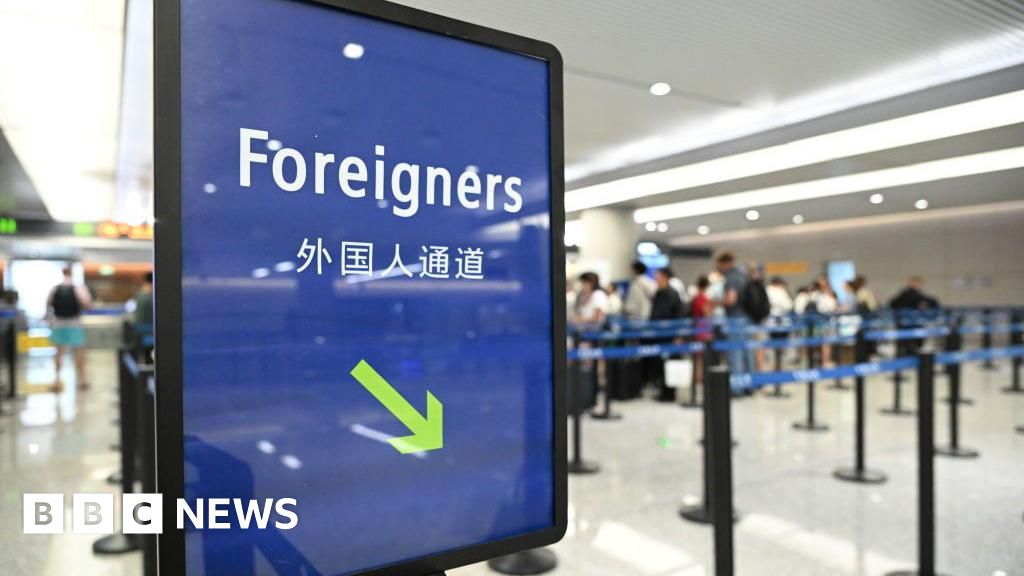

These are measures. What I ‘think’ they are is simply irrelevant.
But I think the linked report has nothing to do with this. It clearly suggests that Chinese workers suffer wage delays, discrimination of minorities, work overly long hours, and things like that. It’s a devastating report on both Chinese working conditions and a U.S. company exploiting the local policy.







I don’t support the UK crackdown on peaceful protesters, but this wsws.org is a de-facto Chinese propaganda medium. That’s not a good source.